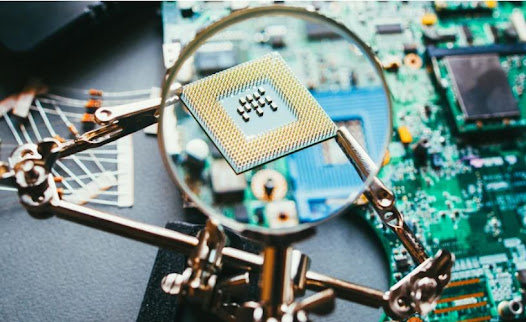Impedance control in printed circuit boards (PCBs) is pivotal in managing signal integrity, especially in high-speed applications like telecommunications, computing, and advanced electronics. In these scenarios, even minor impedance mismatches can result in significant signal reflections, timing errors, and data corruption. High-speed signals, characterized by their rapid rise and fall times, are particularly sensitive to the PCB's impedance characteristics. The control of impedance is not just about maintaining a specific value; it's about ensuring that this value is consistent across the PCB, enabling reliable and accurate signal transmission at high speeds.
Fundamentals of Impedance in PCBs
In high-speed PCB design, impedance is influenced by the board's material properties, the configuration of the conductors, and the layout design. The impedance of a PCB trace is primarily determined by its inductance and capacitance per unit length, which are influenced by the trace width, thickness, spacing, and the dielectric constant of the material surrounding the trace.
A key concept in high-speed PCB design is the transmission line effect, where traces act as transmission lines rather than simple conductors. When the length of a trace is comparable to the wavelength of the signal it carries, it must be treated as a transmission line with characteristic impedance. This impedance is critical for preventing reflections at the interfaces between different parts of the PCB, which can cause signal integrity issues.
High-Speed PCB Design and Impedance Control
High-speed PCB design introduces several challenges, including managing signal reflections, crosstalk, and electromagnetic interference (EMI). Impedance control is a crucial strategy to address these challenges. It involves designing the PCB layout and selecting materials to ensure that the impedance of the signal traces is consistent and matches the source and load impedances.
One important aspect of high-speed design is differential signaling, where two complementary signals are transmitted across pairs of traces. Differential pairs are designed with precise impedance to ensure that the signals remain balanced, reducing susceptibility to noise and crosstalk.
Calculating Impedance in PCB Design
Calculating the impedance of PCB traces involves understanding the electromagnetic fields around the traces. Software tools, like field solvers, are commonly used to accurately model and predict the impedance based on the trace geometry and the board's material properties. These tools take into account various factors, including the trace width and thickness, the dielectric constant of the substrate, and the proximity to other conductive elements.
Practical Strategies for Impedance Matching
To achieve impedance matching, designers can adjust the trace geometry (width and spacing), the PCB stack-up configuration, and the material properties. For example, increasing the trace width or decreasing the distance between the trace and the reference plane can lower the impedance. Additionally, controlled impedance layers can be used, where specific layers of the PCB are designed with a uniform dielectric constant and thickness for consistent impedance.
Case Studies and Real-World Examples
We can examine real-world examples where impedance control was critical for the success of high-speed applications, such as in high-frequency trading systems or advanced computing hardware. These case studies can illustrate the practical application of impedance control principles and the impact on system performance.
Future Trends in Impedance Control
Looking ahead, advancements in materials science, simulation software, and manufacturing technologies are likely to influence impedance control practices. For instance, new dielectric materials with lower loss tangents and improved consistency can enhance signal integrity in high-speed applications.
Conclusion
Effective impedance control is foundational for the success of high-speed PCB applications. Understanding and applying the principles of impedance control can significantly improve signal integrity, reduce noise, and enhance the overall performance of electronic systems.








